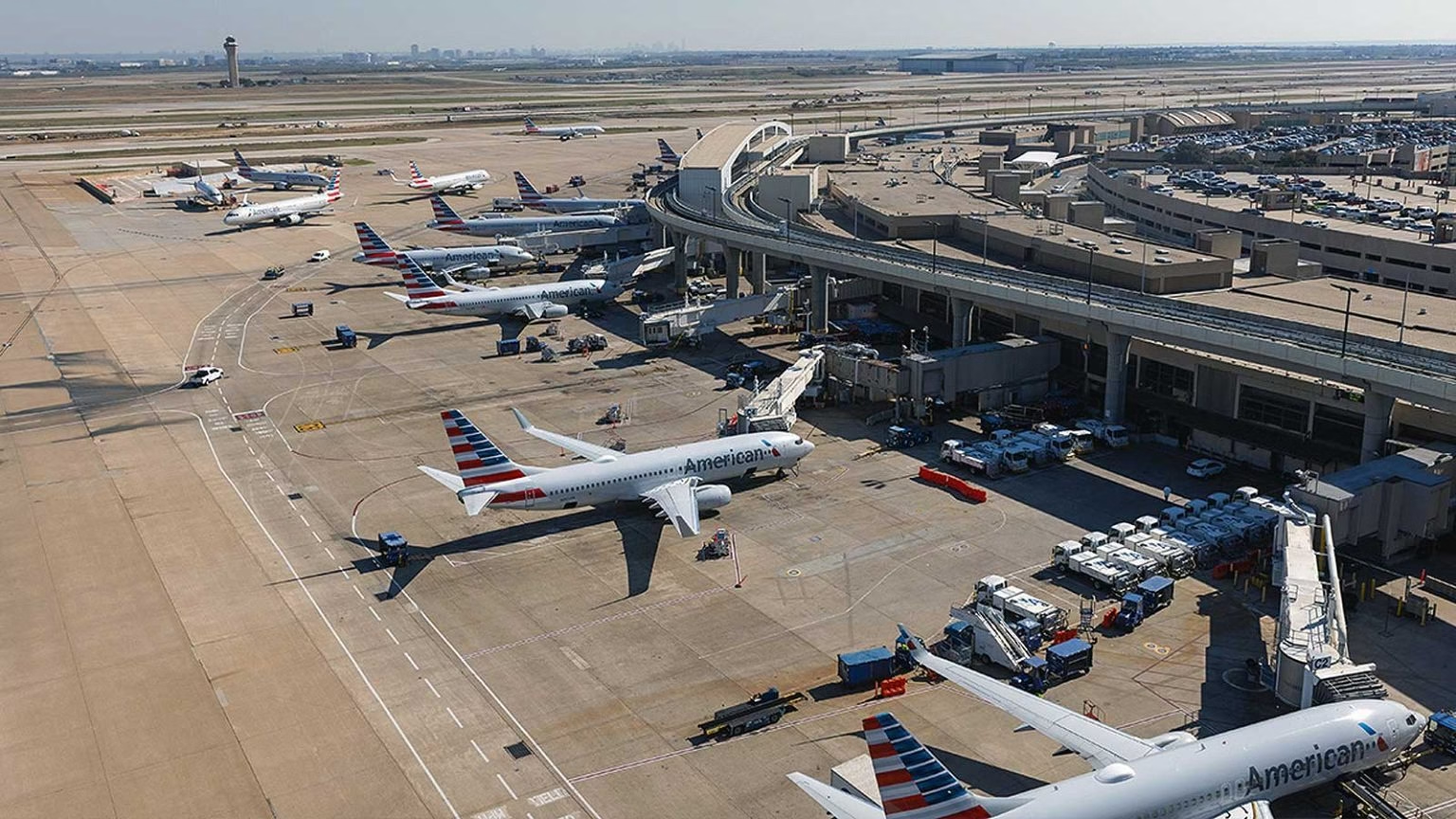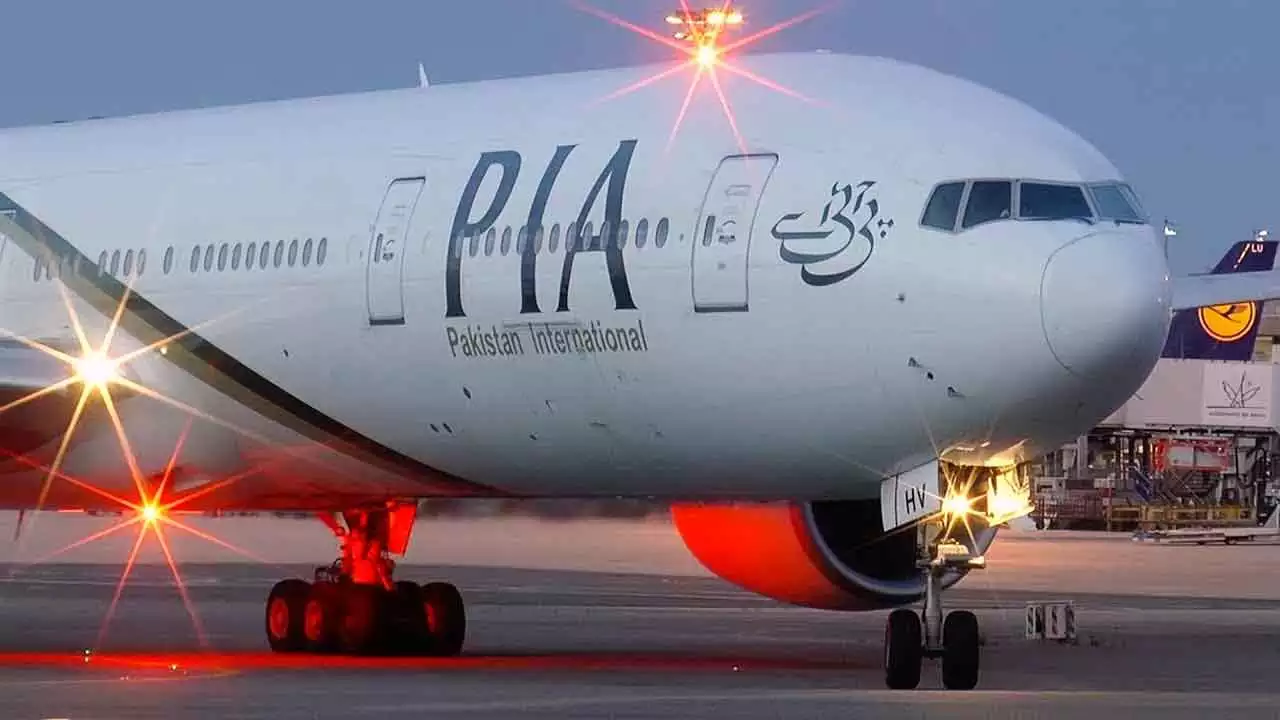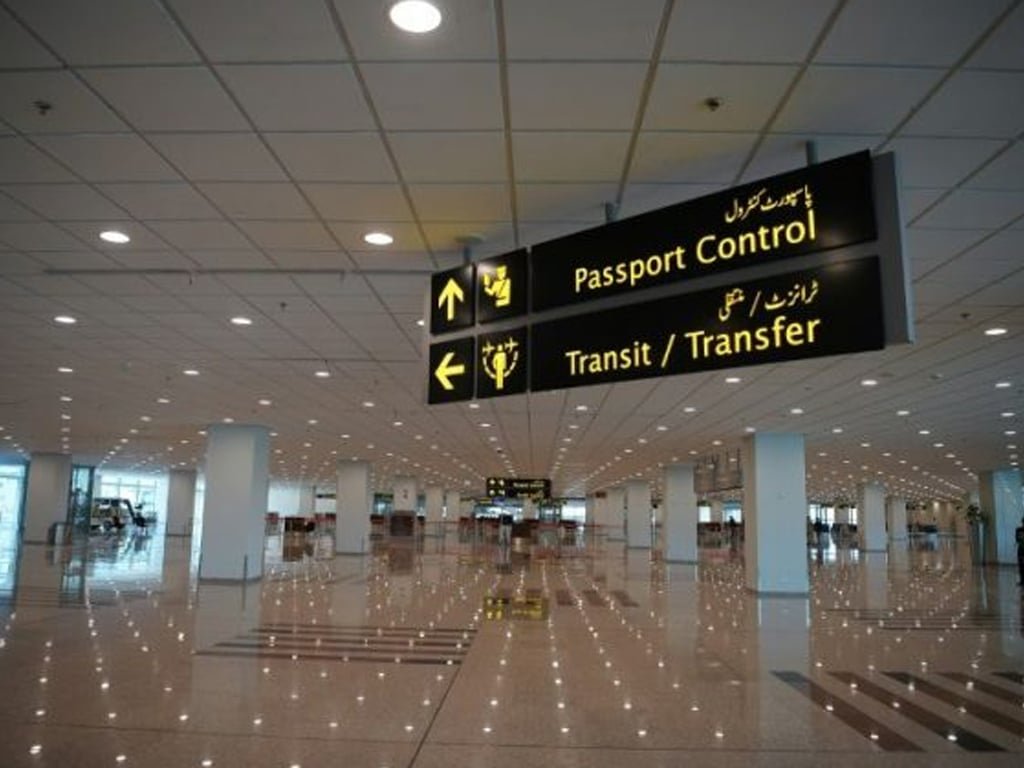Global airline capacity is witnessing measured yet steady growth this winter season, according to the latest analysis by John Grant, Chief Analyst at OAG. The IATA Winter schedule 2025 highlights cautious expansion as airlines work to balance increasing travel demand with cost pressures and operational challenges. The global airline capacity for summer 2025 reached 3.626 billion seats, reflecting a 2.3% rise from 2024. Now, as the aviation sector transitions into the winter period, OAG forecasts continued recovery led by long-haul network expansion and strengthening regional markets.
Global Airline Capacity Trends Across Regions
Most aviation regions have now exceeded their pre-pandemic capacity levels from winter 2019, showcasing the industry’s resilience. However, Southeast Asia remains slightly behind due to weaker travel demand in countries like Indonesia. The region’s 5.2% planned growth this winter, however, suggests it may return to pre-COVID capacity by late 2026.
North-East Asia continues to dominate the global airline capacity charts as the world’s largest aviation region, reporting 4.7% year-on-year growth. China is a major driver behind this increase, with a 6.2% rise compared to last winter, even though its route network has evolved since 2019.
North America holds the second-largest position, expecting a 2.1% capacity increase, while Europe shows strong momentum with 4.6% growth, narrowing the capacity gap with North America to just five million seats. South Asia continues to outperform global trends due to India’s growing aviation market, which is now expanding faster than the Middle East.
Strongest Performing Aviation Markets
The analysis of global airline capacity by country reveals significant year-on-year momentum in certain markets. Turkey leads with an impressive 9.3% growth, powered by the expansion of Istanbul’s major hubs and increased low-cost airline operations at Sabiha Gökçen Airport.
Brazil follows with a 7.2% increase, although the OAG report notes continued volatility in its domestic market. The United Kingdom and Spain report modest growth rates of 2.7% and 2.2%, respectively, reflecting strong competition among European carriers.
Japan, on the other hand, presents a mixed scenario. While domestic capacity fell by 2 million seats, international routes added 1.2 million seats, signaling a gradual reorientation toward global connectivity.
International Capacity Outpaces Domestic Growth
A major highlight of the global airline capacity outlook is the faster recovery of international travel compared to domestic operations. International air capacity is growing by 5.8%, nearly double the 2.6% increase in domestic markets.
Currently, international routes account for 40% of total seats worldwide — a notable jump from 38% in winter 2019. The United States remains the largest international aviation market, recording 3% growth thanks to an influx of new routes to popular winter-sun destinations like Mexico and the Caribbean. The United Kingdom maintains its position as the second-largest international market, while Spain records 6% growth despite ongoing disputes between Ryanair and AENA.
Domestic Growth Driven by China and India
While U.S. domestic aviation is showing signs of slowing, Asia’s domestic markets are rapidly expanding, strengthening global airline capacity in the region. China’s domestic network is growing by almost 6% this winter, supported by strong regional connectivity and government-backed infrastructure investments.
India remains one of the world’s fastest-growing domestic aviation markets, with a 7.6% surge in capacity. The country’s ongoing airport expansion projects and rising middle-class travel demand are fueling consistent growth momentum.
Leading Airlines by Winter Capacity
In the airline rankings for winter 2025, major U.S. carriers continue to dominate the global airline capacity landscape. American Airlines leads with 118.2 million planned winter seats, representing a 5.1% year-on-year increase. United Airlines follows closely with a 6.3% rise, while Delta Air Lines remains among the top three carriers.
Chinese carriers are also making strong advances. Air China recorded an 8.6% increase in capacity, adding more than four million new seats this winter alone. China Southern and China Eastern also report steady growth, highlighting China’s aggressive push toward aviation expansion.
Outlook for the Global Aviation Industry
The OAG analysis concludes that the global airline capacity outlook remains stable heading into 2025. Supply chain bottlenecks have eased considerably, allowing airlines to execute more reliable flight schedules. This predictability, coupled with growing consumer demand for international travel, signals a strong recovery trajectory.
If current market conditions hold, 2025 could emerge as one of the strongest years for global aviation since the pandemic. Airlines are showing greater discipline in managing capacity, balancing profitability with network expansion, and capitalizing on the sustained appetite for travel.
Global airline capacity is on a path of cautious but consistent growth. With Asia driving much of the domestic expansion, Europe showing steady recovery, and North America maintaining its leadership in international travel, the aviation industry appears well-positioned for a stable and prosperous 2025.



